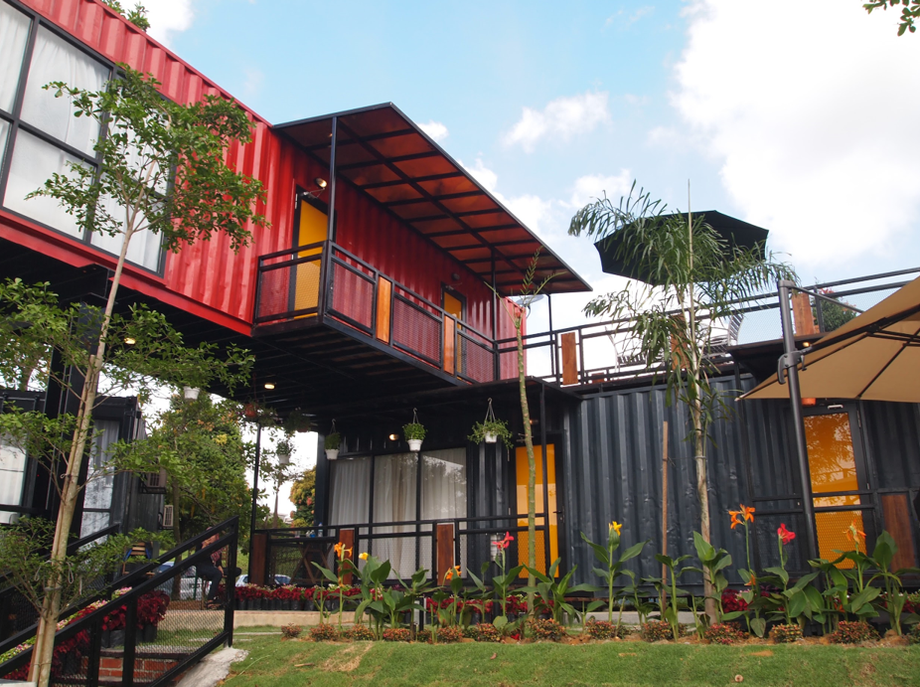When building a shipping container house, one of the significant layouts is the electrical layout. A shipping container home is smaller than traditional houses; hence, the layout will differ, and you need to plan accordingly.

The main and most common use of electricity in the shipping container include; lighting, heating, internet, power sockets and food preparation.
- Even though you only use your container as a storage unit, you need light because it is dark inside. Electricity is more convenient than other light sources such as a torch. You can use the standard electrical packages, including strip lights.
- You will need heating in your container conversions, especially during winter. Hence when planning the electrical layout, heating has to be included.
- Power sockets. These are fundamental requirements for any building, including all types of container conversion. You need sources of power for power tools and equipment such as computers. In the kitchen area of a container conversion, you need a refrigerator, stove and other food preparation equipment.
Electrical installations in container-based commercial and industrial structures are subject to more rigorous requirements. The requirements can be divided into four parts;
- Interior wiring installation
- Exterior power hook up
- Grounding system protecting from electroshock
- Earthing system as part of electroshock protection
When planning your electrical layout, mark all the essential parts and install your electrical using spray paint. Also, remember that you need to install outside lights for security and lighting.
Tiger Containers sell shipping containers that can be repurposed into homes. If you need a shipping container, contact Tiger Containers or visit their website for more information.




Comments